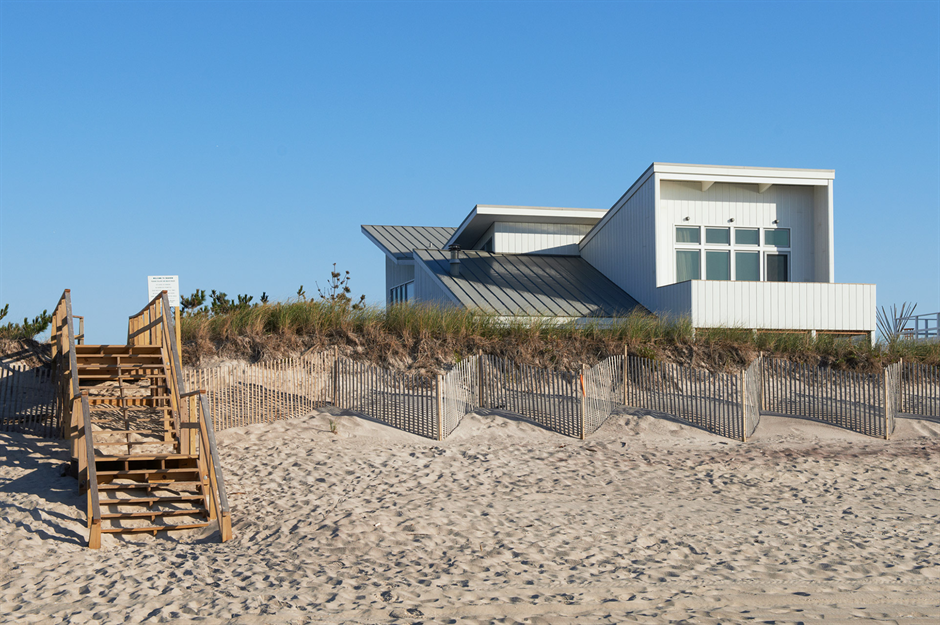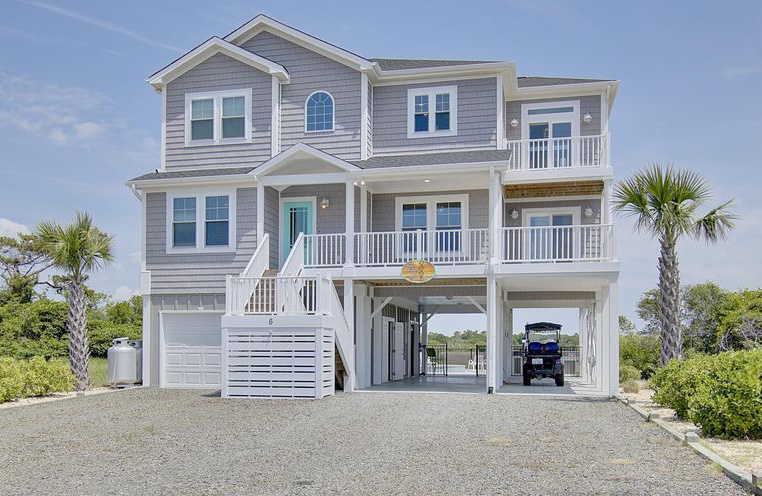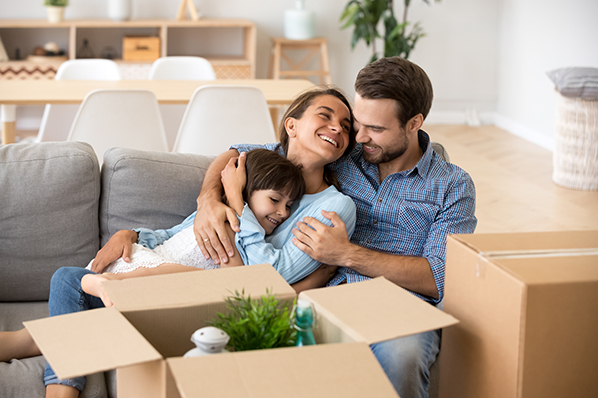The Gulf Coast is a paradise for many, offering beautiful beaches, warm weather, and a relaxed coastal lifestyle. But with that beauty comes a reality that every homeowner must consider: hurricanes. Strong storms and tropical weather can cause serious damage, and protecting your investment is essential. Buying a hurricane-ready home is not just smart—it’s necessary for safety, peace of mind, and long-term property value.
Understanding what makes a home hurricane-resistant and knowing what to look for during your home search can help you make informed decisions, reduce risk, and enjoy the Gulf Coast lifestyle without unnecessary worry.
Why Hurricane-Ready Homes Matter
Hurricanes can bring destructive winds, torrential rain, and flooding that can damage even well-built homes. Properties that are not prepared for storms can experience roof damage, broken windows, structural issues, and interior flooding, leading to costly repairs and potentially unsafe living conditions.
A hurricane-ready home is designed to withstand these forces, offering greater durability, protection for your family and belongings, and often lower insurance costs. While no home can be completely storm-proof, features that minimize vulnerability can make a significant difference in how a property weathers a storm.
Key Features of Hurricane-Ready Homes
Several factors contribute to a home’s ability to withstand hurricane conditions. One of the most important is structural integrity. Homes built with reinforced concrete, insulated concrete forms (ICF), or steel framing are better able to resist high winds and flying debris compared to traditional wood-frame homes. These materials provide added strength and can prevent catastrophic damage during severe storms.
Roof design is another critical component. Hip roofs, which slope on all sides, are more aerodynamic and less likely to lift during strong winds compared to gable roofs. Roof coverings should be rated for high wind speeds, and hurricane straps or clips can secure the roof to the structure, reducing the risk of damage.
Windows and doors also play a major role. Impact-resistant windows and doors are designed to withstand flying debris, reducing the chance of breaches that can lead to interior flooding and structural compromise. In addition, storm shutters or protective screens can offer an extra layer of safety for properties without impact-rated glass.
Elevated construction is essential in areas prone to flooding. Homes built on pilings or elevated foundations keep living spaces above flood levels, protecting interiors and reducing potential damage. Even small elevation changes can make a difference in flood-prone regions along the Gulf Coast.
Flood-Resistant Features
Flooding is one of the greatest risks during a hurricane, particularly in low-lying areas. Hurricane-ready homes often include flood-resistant materials such as concrete floors, tile, or water-resistant composite materials in areas most likely to get wet. Electrical systems, HVAC units, and utilities should also be elevated or designed to prevent flood damage.
Landscaping can contribute to flood resilience as well. Proper grading, drainage systems, and retention areas help manage heavy rainfall and minimize water pooling near the home’s foundation. These subtle design elements can significantly reduce the impact of storms.
Insurance Considerations
Purchasing a hurricane-ready home can also affect insurance. Properties built with impact-resistant windows, reinforced construction, and elevated foundations often qualify for lower premiums or additional coverage benefits. Before buying, it’s important to consult with your insurance provider to understand how the home’s features influence coverage and potential savings.
Being proactive about insurance is just as important as structural preparation. Adequate coverage ensures that in the event of a hurricane, you’re financially protected and repairs or replacement can proceed without unnecessary stress.
Choosing the Right Location
While a hurricane-ready home is crucial, location still matters. Areas further inland or on higher ground may experience less flooding risk compared to low-lying coastal zones. Additionally, consider proximity to evacuation routes, hospitals, and other essential services.
Balancing the desire for waterfront views with practical considerations for storm safety is key. Experienced Gulf Coast real estate agents can help buyers identify homes that combine lifestyle appeal with strong hurricane-resistant features.
Maintenance and Preparation
Owning a hurricane-ready home requires ongoing attention. Regular inspections of roofing, windows, doors, and drainage systems ensure that the property remains in optimal condition. Homeowners should also have a hurricane plan in place, including securing outdoor furniture, checking emergency supplies, and knowing evacuation routes.
Routine maintenance is particularly important in coastal environments, where saltwater and humidity can accelerate wear on building materials. Keeping your home in top condition maximizes its resilience when storms occur.
Upgrades for Existing Homes
If you’re buying an older Gulf Coast home, there are ways to improve its hurricane readiness. Installing storm shutters, reinforcing doors, upgrading windows, and adding hurricane straps to the roof can significantly enhance durability. Elevating electrical systems and key utilities can reduce flood risk, and landscaping adjustments can improve drainage.
Many of these upgrades are straightforward and can be planned before hurricane season, giving homeowners peace of mind while increasing the property’s value and safety.
Working with Experienced Professionals
Navigating the Gulf Coast real estate market requires expertise. From evaluating homes for hurricane readiness to understanding insurance requirements, an experienced local agent or consultant is invaluable. They can guide buyers toward properties that meet safety standards, comply with local building codes, and offer long-term protection against storms.
Contractors and engineers familiar with hurricane-resistant construction can also provide assessments, suggest improvements, and verify that structural and flood-prevention measures are properly installed.
Conclusion
Buying a home on the Gulf Coast comes with unique opportunities and responsibilities. Hurricanes are a reality of coastal living, but with the right knowledge and preparation, buyers can find properties that offer both beauty and protection.
Hurricane-ready homes feature reinforced structures, impact-resistant windows and doors, elevated foundations, and flood-resistant materials. Coupled with thoughtful location choices, proper insurance coverage, and regular maintenance, these features provide safety, security, and peace of mind.
Whether you’re seeking a vacation home, a permanent residence, or an investment property, understanding what makes a home hurricane-ready is essential for anyone navigating the Gulf Coast real estate market. With careful planning and the right guidance, you can enjoy coastal living while minimizing risk and protecting your most valuable investment.





